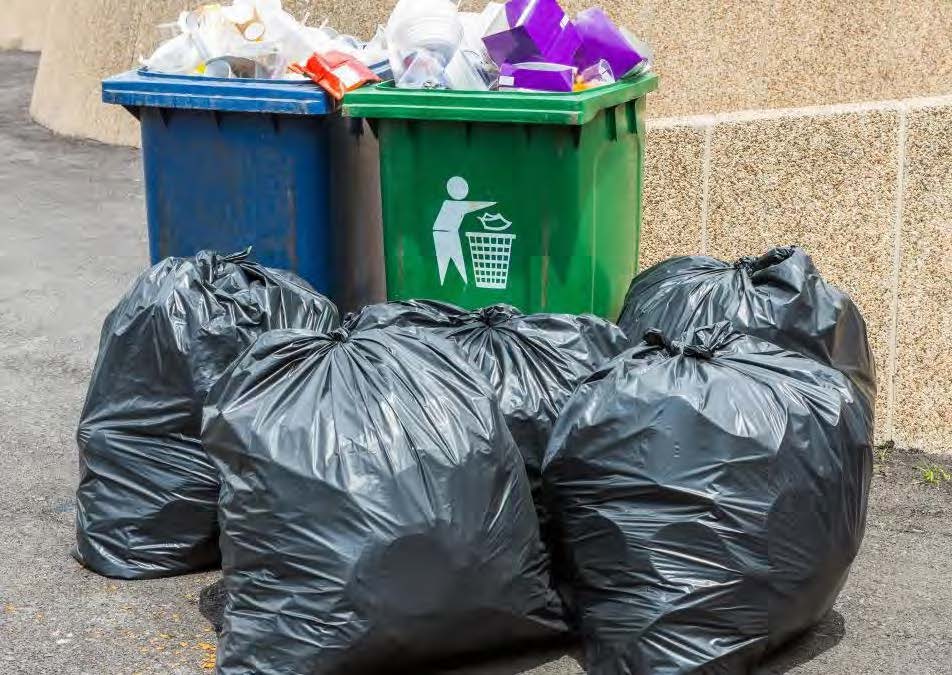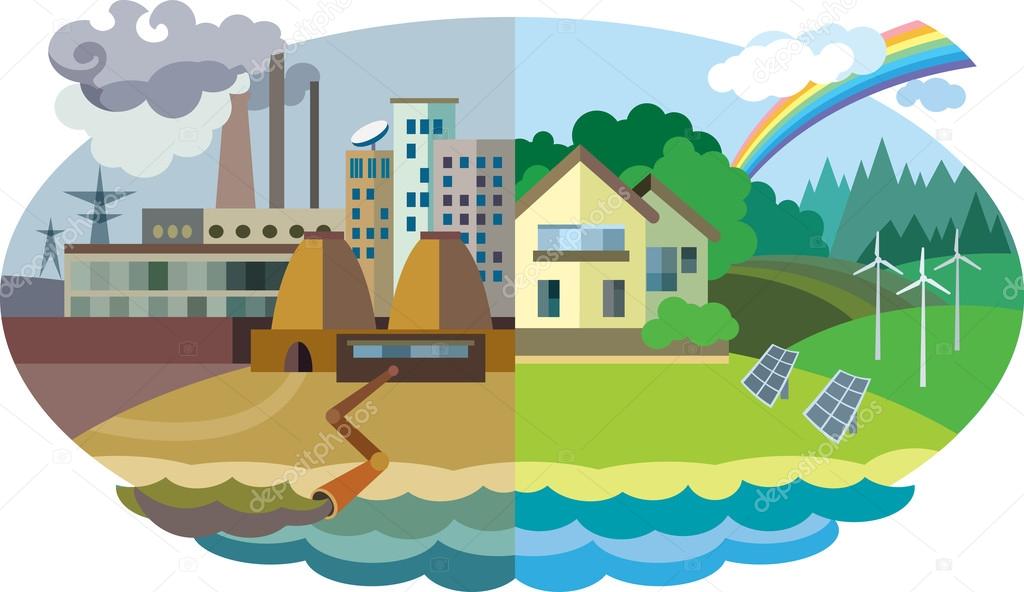Many governments are imposing limits on household waste to prevent environmental pollution. However, many people think that reducing household waste does not have a significant effect on preventing environmental pollution thus they do not really take action about their household waste. So my question is are one of those people and if your answer is yes, let me give you information about pollution prevention, what action could a person take and my opinions on this topic.
Pollution Prevention (P2) is any practice that reduces, eliminates, or prevents pollution at its source. P2, also known as source reduction, is a waste management approach that aims to prevent pollution. Reducing the amount of pollution generated means less waste that needs to be controlled, treated or disposed of. And we could say that less pollution means less danger to public health and the environment.
All potential and actual pollution-generating activities, including those found in the energy, agriculture, federal, consumer, and industrial sectors, can benefit from pollution prevention strategies. For the preservation of wetlands, groundwater supplies, and other vital ecosystems – locations where we want to stop pollution before it starts – prevention methods are critical. As for the actions companies, governments and a person can take here are some examples:
-Pollution prevention in the energy sector can help to limit environmental harm caused by fuel extraction, processing, transportation, and burning. The following are some examples of pollution prevention strategies:
Increasing energy efficiency; using ecologically friendly fuel sources.
-Pollution prevention strategies in the agricultural industry include:
Reduced use of water and chemical inputs; use of less environmentally hazardous pesticides and
The safeguarding of sensitive areas.
-Examples of P2 practices in the industrial sector include:
Changing a manufacturing process to reduce waste
Cleaning, degreasing, and other maintenance chemicals that are non-toxic or less harmful
Putting in place water and energy conservation measures
Rather than throwing away resources like drums and pallets, reuse them.
– And the last one which is the one that we are focusing on; examples of P2 practices in households and schools include:
Using reusable water bottles instead of disposable water bottles
When lights are not in use, they are turned off automatically.
Fixing dripping faucets and hoses.
Making the switch to “green” cleaners.

Preventing pollution reduces both financial costs (waste management and cleanup) and environmental costs (health problems and environmental damage). It protects the environment by preserving and protecting natural resources while enhancing economic growth through more efficient production in industry and less need for households, businesses and communities waste pollution management.
To sum it all, we could say that any action that we take or any change that we make affects the environment in a positive way. So I do think that even the smallest thing that we do like switching the lights off when they are in no use is crucial to prevent environment pollution.

